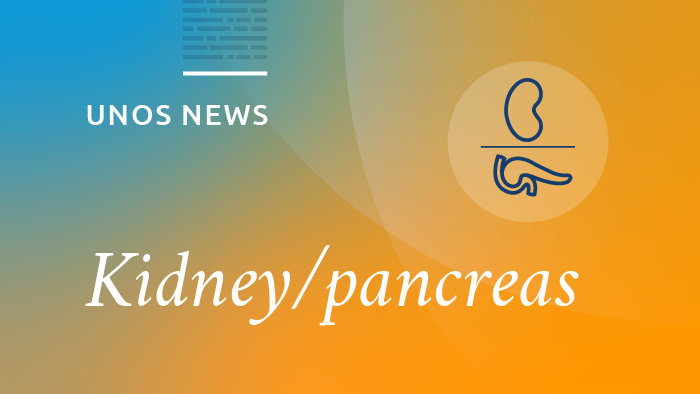The Organ Procurement and Transplantation Network (OPTN) has released two new interactive dashboards as part of its work to develop policies for continuous distribution of kidneys and pancreata. The online tools are intended to help the public better understand potential composite allocation scores, which candidates will receive in the continuous distribution system for kidneys and pancreata. A higher score puts a candidate closer to the top of a match run and more likely to receive an organ transplant. A candidate’s overall composite allocation score consists of multiple attributes including medical urgency, expected post-transplant outcome, candidate biology, patient access and efficiency of organ placement. Watch videos explaining how attributes in kidney and pancreas allocation may be used in continuous distribution.
Working with the interactive tools below, users can make adjustments to individual attributes in order to see the effect of specific changes on sample kidney and pancreas match runs:
- OPTN sensitivity analysis dashboard for continuous distribution of kidneys
- OPTN sensitivity analysis dashboard for continuous distribution of pancreas, kidney-pancreas and pancreas islets
The sample transplant candidate data in the kidney and pancreas sensitivity tools are not meant to represent any specific kidney or pancreas patients or candidates. Instead, they are meant to illustrate how a possible kidney or pancreas match run might be scored and ranked in continuous distribution. If you have any feedback or questions about the sensitivity tools, please email [email protected].
The OPTN aims to make the entire continuous distribution project as transparent as possible. Public engagement is central to policy development, and the public recently was encouraged to take part in public comment and online exercises related to kidney and pancreas allocation. Read the public comments on the winter 2022 request for feedback on continuous distribution of kidneys and pancreata.
More about continuous distribution
The continuous distribution framework is intended to make organ allocation more equitable, flexible and agile. It can be applied to all organ types and be tailored based on the matching factors appropriate for each organ. Transplant candidates will benefit because continuous distribution considers multiple patient factors, as opposed to a single classification. The new system also increases candidates’ ability to participate in shared decision-making and take part in a process that directly affects them. The framework aims to:
- Prioritize sickest candidates first to reduce waitlist deaths
- Improve long-term survival after transplant
- Increase transplant opportunities for patients who are medically harder to match
- Increase transplant opportunities for candidates with distinct characteristics, including candidates under the age of 18 or prior living donors
- Promote the efficient management of organ placement
Using the same framework for all organs will improve organ allocation by creating consistency and transparency for the entire transplant community. To apply the framework to each organ, each organ type will be looked at individually and result in organ-specific policy. This process started with lung and is continuing with kidney and pancreas. The OPTN Board of Directors unanimously voted to adopt a policy establishing continuous distribution of lung at its December 2021 meeting, and implementation is pending.
The goals of the new continuous distribution framework are consistent with allocation requirements in the National Organ Transplant Act (NOTA) and the OPTN Final Rule. Each organ type’s final continuous distribution policy will be adopted by the OPTN Board of Directors and will comply with NOTA and the OPTN Final Rule.

